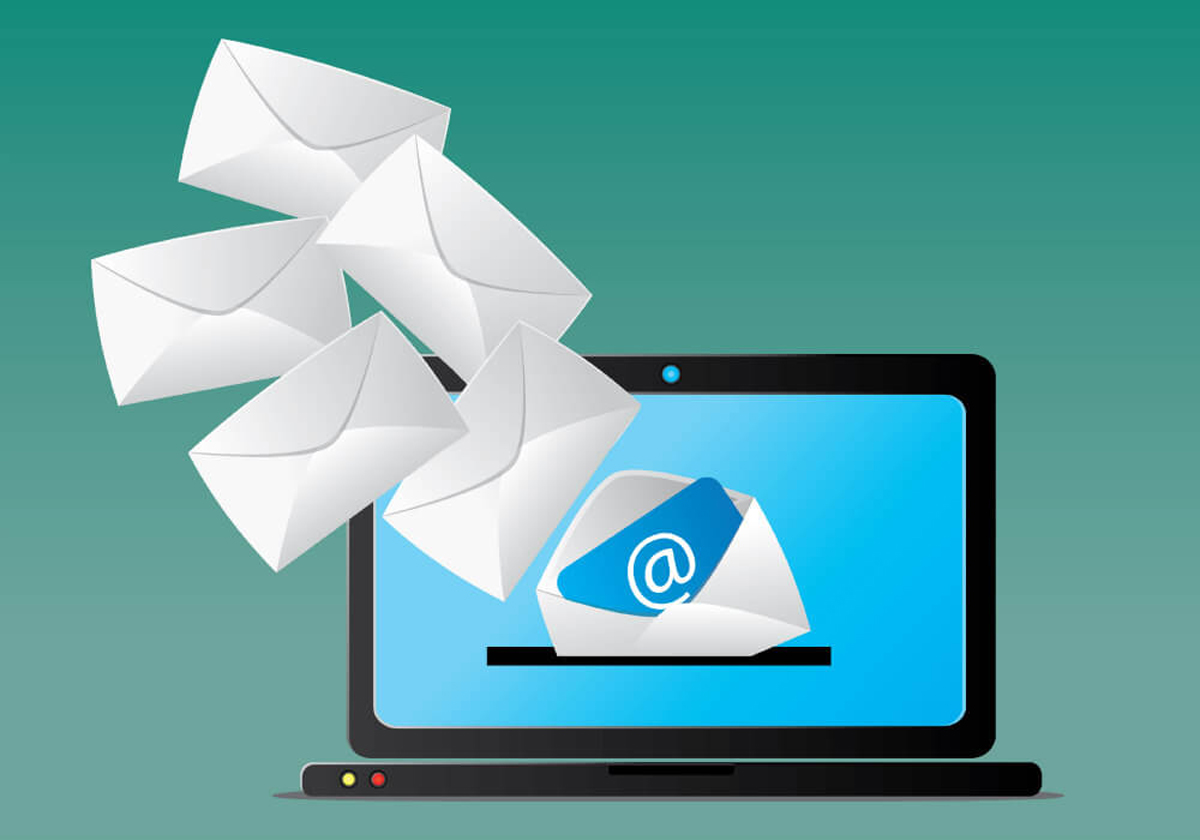
Introduction
Every email campaign starts with a simple goal reach the inbox. However, when messages bounce, that goal remains unmet. In today’s digital landscape, email marketers must ask: what are bounced emails, and how can we stop them?
Bounced emails represent failed deliveries. Essentially, when servers reject messages, they bounce back to the sender. If ignored, bounces can derail campaigns, inflate metrics, and harm sender reputation. However, when marketers take strategic action, they can mitigate these risks and keep engagement on track.
Let’s examine how.
What Are Bounced Emails?
To explain clearly, bounced emails are messages that cannot be delivered and are returned with error notifications. These errors indicate whether the issue is temporary or permanent.
- Hard Bounce: This type signals a permanent issue, such as a non-existent email address. Continuing to email these addresses can lead to blacklisting.
- Soft Bounce: A soft bounce indicates a temporary barrier like a full inbox or server downtime. If the issue resolves, future emails may still deliver successfully.
Thus, marketers must understand both types to respond appropriately and avoid long-term damage.
Why Bounced Emails Matter
You can’t afford to overlook bounce rates. High bounce rates can cripple deliverability and lower trust with ISPs. Consequently, your emails may begin landing in spam folders or worse, be blocked altogether.
Additionally, bounces skew campaign data. Inflated lists filled with invalid contacts give you a false sense of reach and reduce ROI. Therefore, the sooner you fix bounce issues, the better your overall performance will become.
Top Causes of Email Bounces
Next, let’s uncover the main reasons why emails bounce:
- Typos and Formatting Errors
A user might accidentally enter “gmial.com” instead of “gmail.com.” These minor mistakes cause permanent hard bounces.
- Outdated Information
If you haven’t engaged with your list in months, many addresses may have been abandoned or deactivated.
- Blacklisted Domains
When your domain appears on email blacklists due to spam complaints or poor practices servers start rejecting your messages automatically.
- Spammy Content or Subject Lines
Certain keywords, formatting tricks, or link shorteners may raise red flags. Consequently, your email gets filtered or rejected outright.
- Authentication Failures
If you fail to authenticate your sender identity, most modern mail servers will not trust your emails and may bounce them as a result.
How to Prevent Email Bounces
Fortunately, you can prevent most bounces with strategic efforts:
- Validate Emails Before Sending
Use validation tools that scan your list for invalid, fake, or risky addresses. This step reduces hard bounces significantly.
- Implement Double Opt-In
Require new subscribers to confirm their email. Not only does this reduce typos, but it also ensures genuine interest.
- Practice Good List Hygiene
Remove inactive users, bounce-prone addresses, and spam traps. Regular pruning keeps your list healthy and deliverable.
- Avoid Spam Trigger Words
Instead of using “Buy Now!” or “FREE!!!”, write clear and professional subject lines. This approach helps you avoid filters.
- Authenticate Your Domain
Configure SPF, DKIM, and DMARC to protect your domain identity. Servers recognize and reward authenticated senders with higher trust.
- Warm Up Your IP Address
If you’ve switched ESPs or launched a new campaign, start by sending to engaged users. Gradually increase volume to avoid triggering ISP defenses.
Advanced Bounce Management Tactics
If you want to go beyond the basics, here are a few expert-level tips:
- Analyze Bounce Codes: Not all bounces are equal. Some may offer clues about delivery issues you can fix immediately.
- Monitor Feedback Loops: Pay attention to complaints and engagement metrics. High complaint rates often lead to ISP scrutiny.
- A/B Test Sending Times and Content: Some servers restrict volume at certain hours. Testing helps identify optimal send windows.
Conclusion
In conclusion, understanding what are bounced emails arms you with the insight needed to succeed in email marketing. Every undelivered message represents a lost opportunity yet, with the right strategies, you can recover and outperform.
By validating emails, authenticating domains, maintaining list hygiene, and personalizing your campaigns, you can slash bounce rates, boost engagement, and elevate every metric that matters.
Start optimizing today because when your emails land where they should, everything else follows.